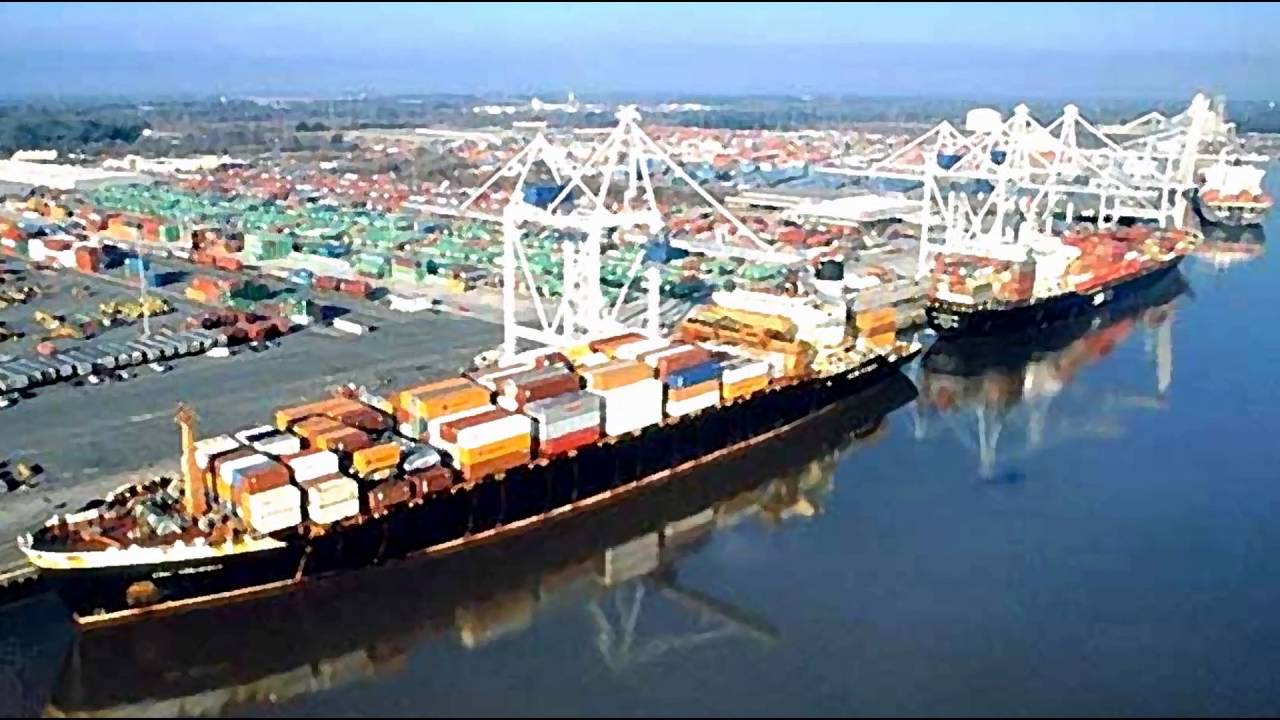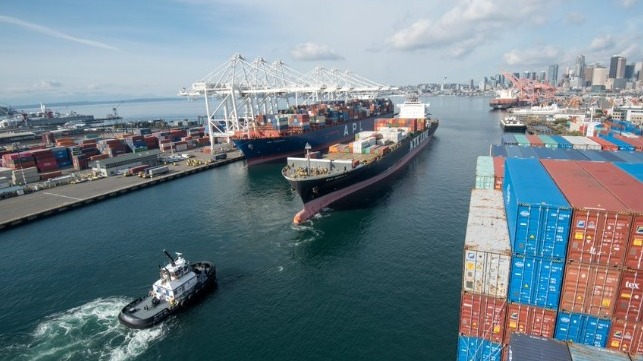
Seaborne trade, one of civilization’s oldest customs, has grown steadily over the last decade as global trade has flourished. The digital transformation of retail and wholesale business has revolutionized international commerce. But behind the point, click and order façade, logistics companies and transportation authorities are scrambling to manage demand for both speed and volume. At the same time national and international regulators are requiring seaports to mitigate the impact of congestion, pollution and other environmental effects created by crowded ports.

Seaports have become a focal point for improvement. While countries can build new roads to move more trucks or add tracks to carry more trains, seaports are different. Limited by geography and bounded by urban development, seaports in many countries are straining to manage the flow of goods. Ships are not only arriving more often, but they’re also bigger. Super max cargo ships can overwhelm port facilities by delivering tens of thousands of containers at once. Moving containers out by truck, one or two at a time is slow, adds to urban congestion and has an adverse environmental impact. Thousands of containers end up spending days, weeks or even months waiting to be picked up for transport inland. Compounding the issue is the need to perform customs inspections and clearance at the seaport.
To overcome these challenges, governments, shippers and port authorities are beginning to shift their perspective on seaports. Commerce has changed and so the port must change along with it. It’s time to liberate the port community from the harbor that established it, by redefining the essence of what a “port” is and does.
Government officials demand that all inbound and outbound ships are authorized at the seaport and that all paperwork and inspections are completed before cargo is removed from the seaport. This can result in waterside storage that leads to a backlog. If administrative tasks — reviewing paperwork, inspecting cargo, collecting taxes or duties – could be done inland, the “commercial port” could be freed from the harbor, provided that cargoes would remain intact and containers undisturbed and secure.
Digital transformation and the dry port

Developing inland ports, also known as dry ports or freight villages, addresses some of the logistical issues and creates new opportunities. Inland ports can be built in areas unconstrained by geographic features that limit size or access. Shifting container storage to inland ports reduces the burden on geographically limited seaports, thereby increasing the volume of containers the port can handle. Inland ports also offer more efficient access for intermodal transport systems. And the reduction of overland traffic in and out of seaports substantially reduces environmental impact and creates new urban renewal and development opportunities.

The digital transformation of the commercial port is the catalyst to using the inland port innovation to liberate the port community from the harbor. The process of digitally transforming the seaport into a digital port happens in four steps. The first step is achieved by developing a controlled customs corridor: a secure, digitally monitored and managed route that ensures everything unloaded from a ship arrives in the same state at the inland port. The same applies to shipments consolidated at the inland port bound for ships leaving the seaport. This development would eliminate the need for seaports to store containers, freeing up critical space to expand port operations while reducing urban congestion.
The second step is to deploy a cloud-based intermodal appointment system that is intelligently aware of the status of cargo, the roads and rails, as well as both planned and unplanned events that might disrupt transportation. Providing truck, rail and maritime carriers with more precise information about cargo arrival and departure times would result in a major improvement to time-definite delivery. In addition, a system for managing pick-up appointments will greatly increase the efficiency of cargo movement between inland and sea ports. Lastly, drivers and trucks can be cleared ahead of time and parking spaces preassigned, reducing the paperwork to be completed and speeding the movement of trucks through the ports.
The third step is to virtualize and manage the dry port and seaport as one entity — The Commercial Port. Transportation hubs like airports operate as an ecosystem with multiple independent entities working as one. Similarly, seaports and inland ports need to operate as a single entity supported by an intermodal appointment system and controlled customs corridor, to ensure that both locations know exactly where cargo is located and coordinate its movement into and out of the ports.

The fourth and last step is to automate and facilitate the ability of rail companies to efficiently shunt cargo between the seaport and inland port with minimal human interaction. For all the flexibility trucks offer in the movement of freight, the volume of cargo moving in and out of seaports calls for a solution that can handle a larger capacity with greater efficiency and lower environmental impact. The implementation of a smart rail cargo management system between the seaport and inland port reduces the negative aspects of truck traffic on the seaport, while applying the flexibility of trucks on the inland side. This makes best use of loading and unloading labor, as well as reduces the footprint of the port. The digital transformation of the commercial port returns the harbor to the city so it can be reclaimed for tourism, recreation and environmental stewardship.
The ancient Phoenicians and Greeks, builders of the first international seaport system, would surely be awed by today’s technologies and the scale of port operations. But the idea of increasing operational efficiencies of the port ecosystem through innovation and cooperation is something they would readily grasp. After all, good business is good business — in any age.






